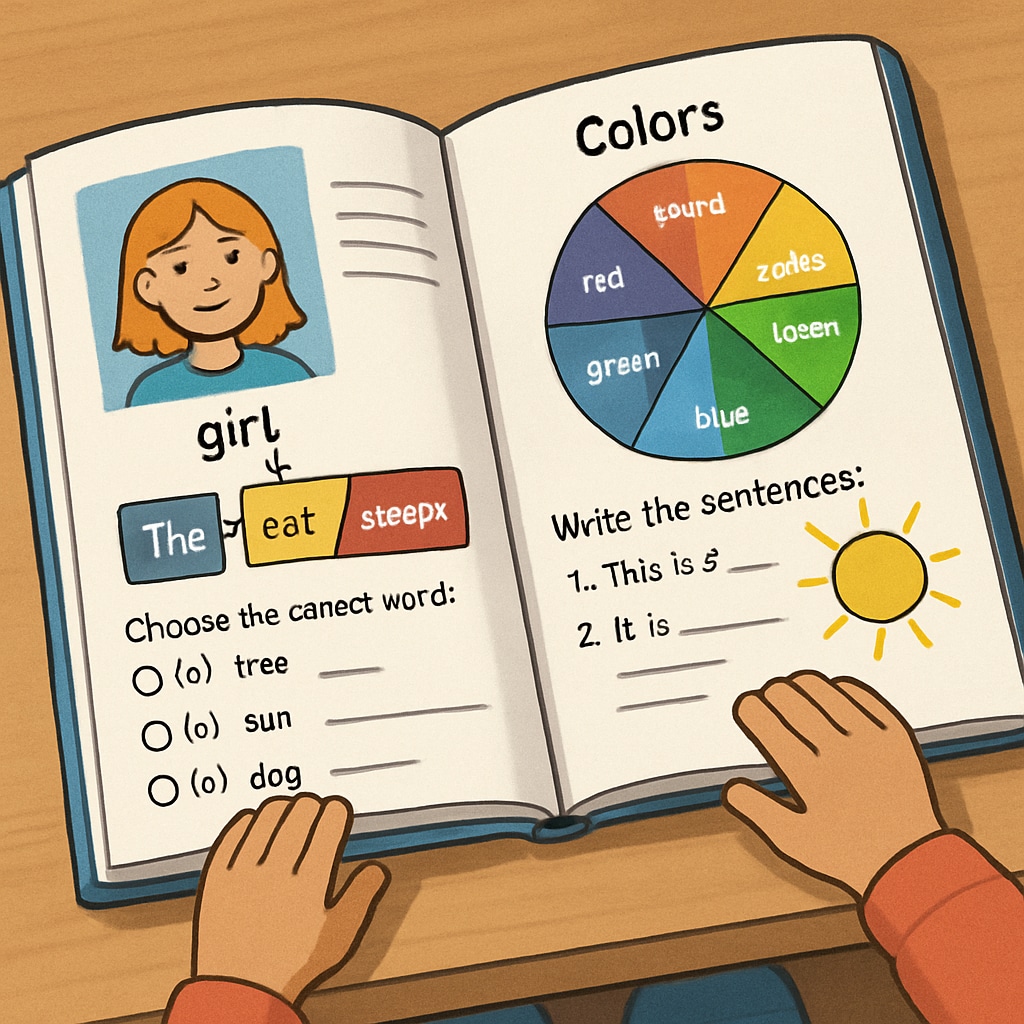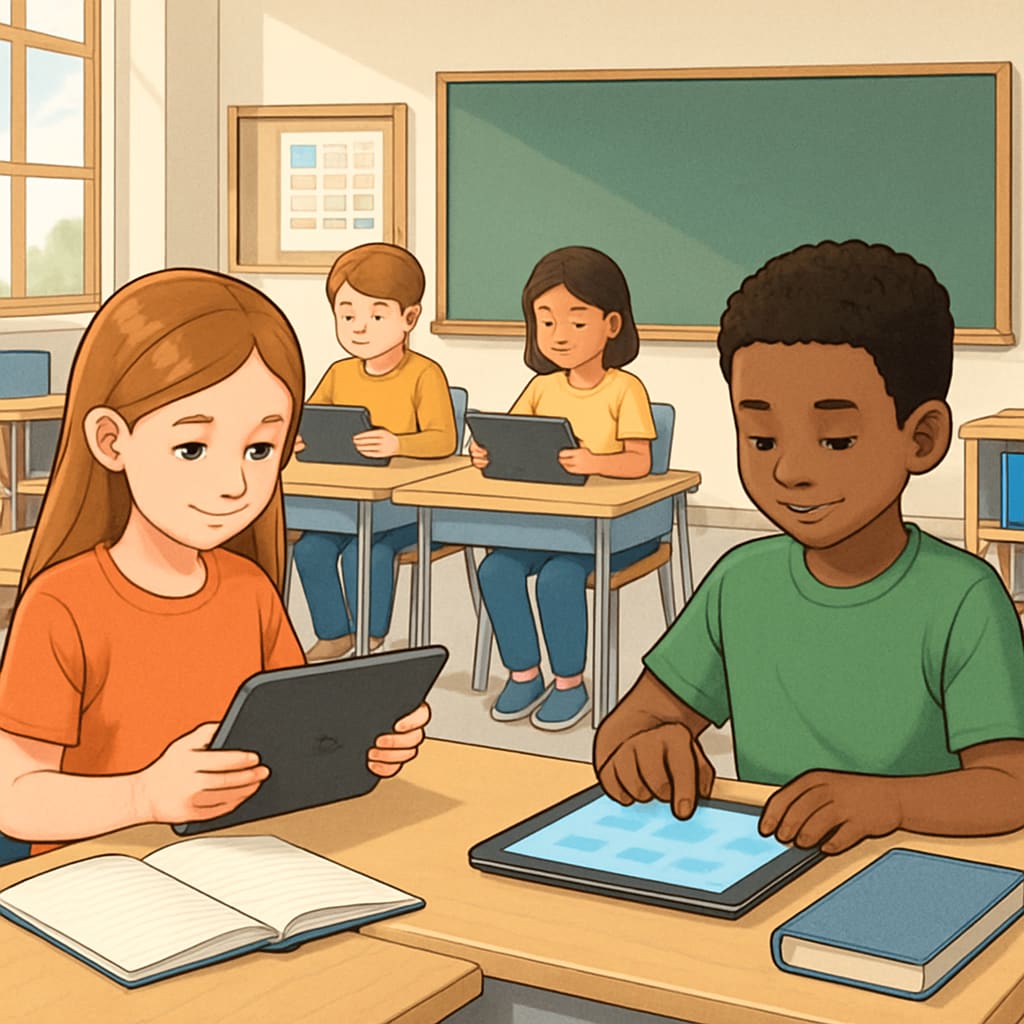The “World of Language” elementary textbook series was more than just a language learning tool; it was a transformative force in the realm of小学教育 (elementary education). Designed to nurture linguistic abilities and cognitive skills, this textbook set a new standard for engaging young minds. Today, as we reflect on its legacy, we recognize its enduring influence on language education. But what made “World of Language” so impactful, and why does it remain a point of reference in the ever-evolving landscape of教材 (textbook design)? This article delves into its unique approach and evaluates its relevance in modern education.
The Pedagogical Foundation of “World of Language”
At the heart of “World of Language” was its student-centered design. Unlike traditional textbooks, which often relied heavily on rote memorization, this series emphasized active engagement and contextual learning. The lessons were crafted to integrate storytelling, interactive exercises, and visual aids, making the learning process both enjoyable and effective.
One of the standout features was its thematic chapters. For example, a chapter might focus on everyday scenarios—such as visiting the market or preparing for a school play—allowing students to connect classroom learning with real-world experiences. This approach not only developed vocabulary but also fostered practical communication skills.

Why “World of Language” Stood Out Among Language Textbooks
The unique structure of “World of Language” was another contributor to its success. Lessons were divided into manageable sections, each building on the previous one. This scaffolded approach ensured that students progressed steadily while reinforcing earlier concepts. Furthermore, the inclusion of open-ended questions encouraged critical thinking—a skill often overlooked in traditional language教材.
In addition, the textbook incorporated cultural awareness into its content. Through stories and examples from diverse backgrounds, students were exposed to the global nature of language. This was particularly groundbreaking in小学教育 at the time, as it broadened young learners’ horizons and instilled a sense of curiosity about the world.
The Legacy of “World of Language” in Modern Education
While the educational landscape has evolved significantly with digital tools and multimedia content, the foundational principles of “World of Language” remain relevant. Its emphasis on engagement, contextual learning, and cultural inclusivity continues to inspire educators and教材 designers worldwide.
For instance, modern e-learning platforms often incorporate gamified elements and interactive modules—concepts that “World of Language” pioneered in a print format. Moreover, its focus on holistic development, including critical thinking and real-world application, aligns closely with contemporary educational philosophies such as project-based learning and inquiry-based instruction.

Conclusion: A Timeless Educational Resource
The “World of Language” textbook series was undeniably a milestone in小学教育, setting benchmarks that continue to influence language textbooks today. Its innovative approach to teaching—balancing structure with creativity, and tradition with modernity—demonstrated the immense potential of well-designed educational materials.
As we navigate the complexities of modern education, revisiting the lessons of “World of Language” offers valuable insights. Whether you’re an educator, a parent, or simply someone interested in教学设计 (teaching methods), this iconic series serves as a reminder of what truly effective education looks like: engaging, inclusive, and transformative.
Readability guidance: This article used short paragraphs, clear transitions, and illustrative examples to ensure accessibility. Key points were summarized under distinct subheadings, and external resources were referenced for additional context.


